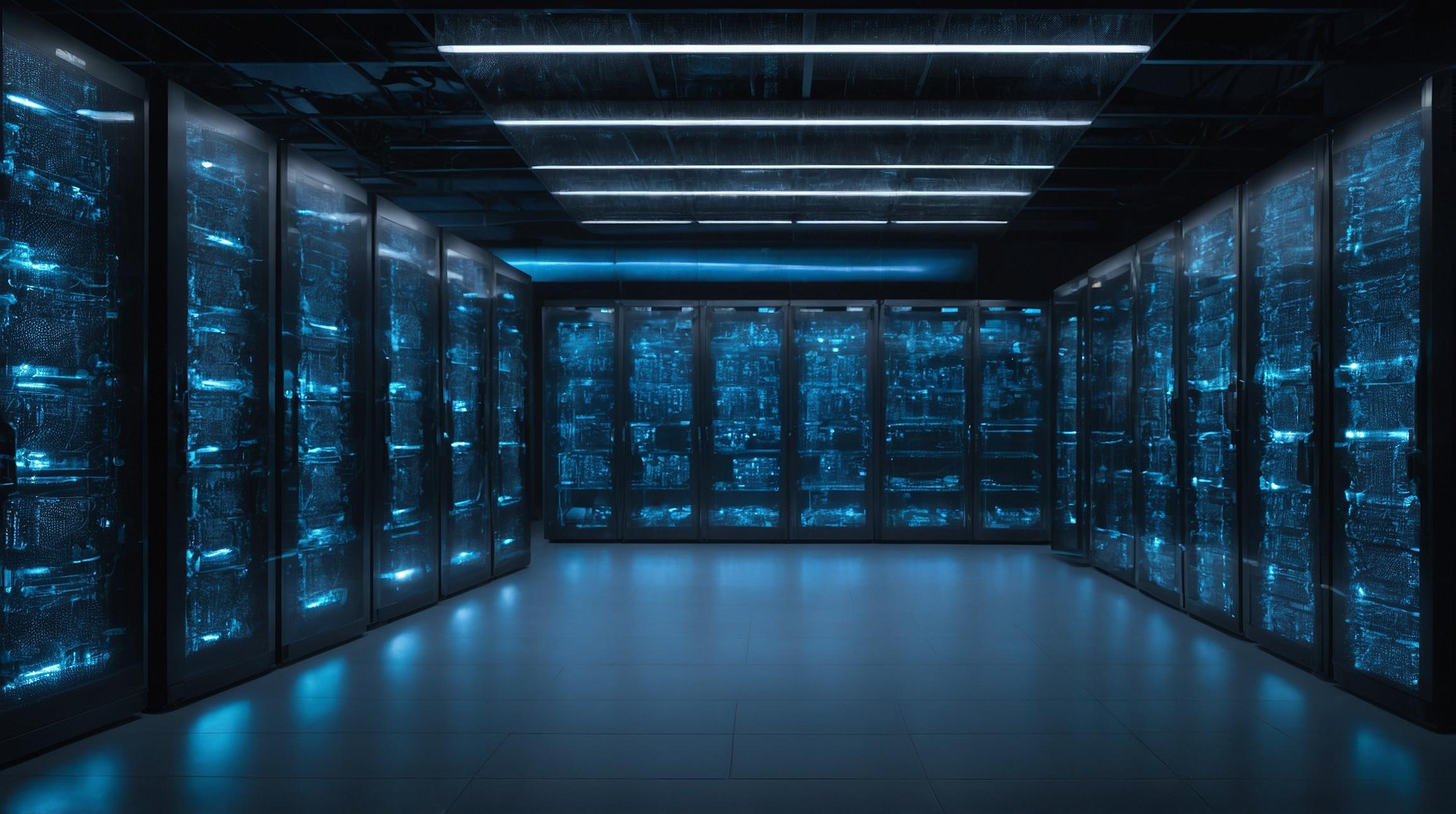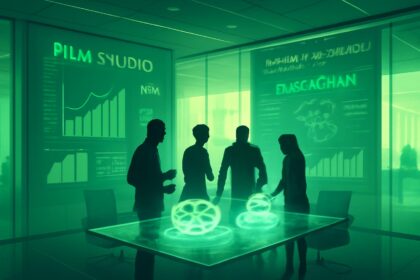The Growing Cybersecurity Risks to Physical Infrastructure
In today’s digital age, data centers serve as the backbone of our information-driven world. However, these physical infrastructures are increasingly targets of cyber threats. One prominent risk involves attackers gaining access to manipulate cooling systems, causing servers to overheat and fail. Understanding these risks is crucial to safeguarding the data centers that host servers, networks, and critical applications.
Understanding the Vulnerabilities
Data centers are more than just rooms filled with computers; they are intricate structures with numerous interconnected systems like smart HVACs, fire suppression, and security cameras. Each of these components is a potential entry point for cyber-attacks. For instance, a compromised network-connected device within a data center can become a gateway for attacks, bypassing conventional security measures.
Role of DCIM Platforms
Data Center Infrastructure Management (DCIM) platforms provide tools for monitoring and controlling the physical infrastructure within a data center. While these platforms are vital for operational efficiency, they can also be exploited by hackers. Unauthorized access to these platforms could allow attackers to upload malicious files or disrupt operations by installing harmful software.
Threats to Power Supply and Cooling Systems
Another significant threat is the need for an uninterruptible power supply (UPS). If compromised, these systems can lead to power failures, causing extensive downtime. The Cybersecurity and Infrastructure Security Agency (CISA) has revealed vulnerabilities in internet-connected UPS devices due to default, unchanged passwords.
In 2022, over 20,000 instances of vulnerable DCIM software and other monitoring devices were recorded, highlighting the scale of the issue. The Uptime Institute’s Global Data Center Survey 2023 states that 55% of data center operators have experienced outages due to such vulnerabilities.
Steps to Ensure Continuous Uptime
To prevent cyber-attacks, data center operators must thoroughly assess their operational technology (OT) environments. Key steps include regularly updating software, employing network segmentation, and utilizing unidirectional gateway technology to ensure one-way data transfer, preventing backdoor access.
Protecting Electrical Management Systems
Maintaining the reliability of electrical management systems is essential for continuous operations. Cyber-attacks targeting these systems could lead to costly downtime and data losses. Similarly, securing building management systems that control environmental conditions is crucial to avoid any unauthorized access.
The Importance of Effective Cyber Risk Mitigation
To defend against these risks, data center facility managers should adopt a comprehensive cyber risk framework. This involves translating potential cyber threats into financial impacts and prioritizing remediation. Cyber Risk Quantification and Management (CRQM) tools can aid in understanding the potential damages from OT vulnerabilities, thereby enabling data center operators to prioritize risk mitigation strategies effectively.
By employing these strategies, data center operators can ensure better protection against cyber-attacks, thereby safeguarding critical infrastructure and maintaining uptime.













